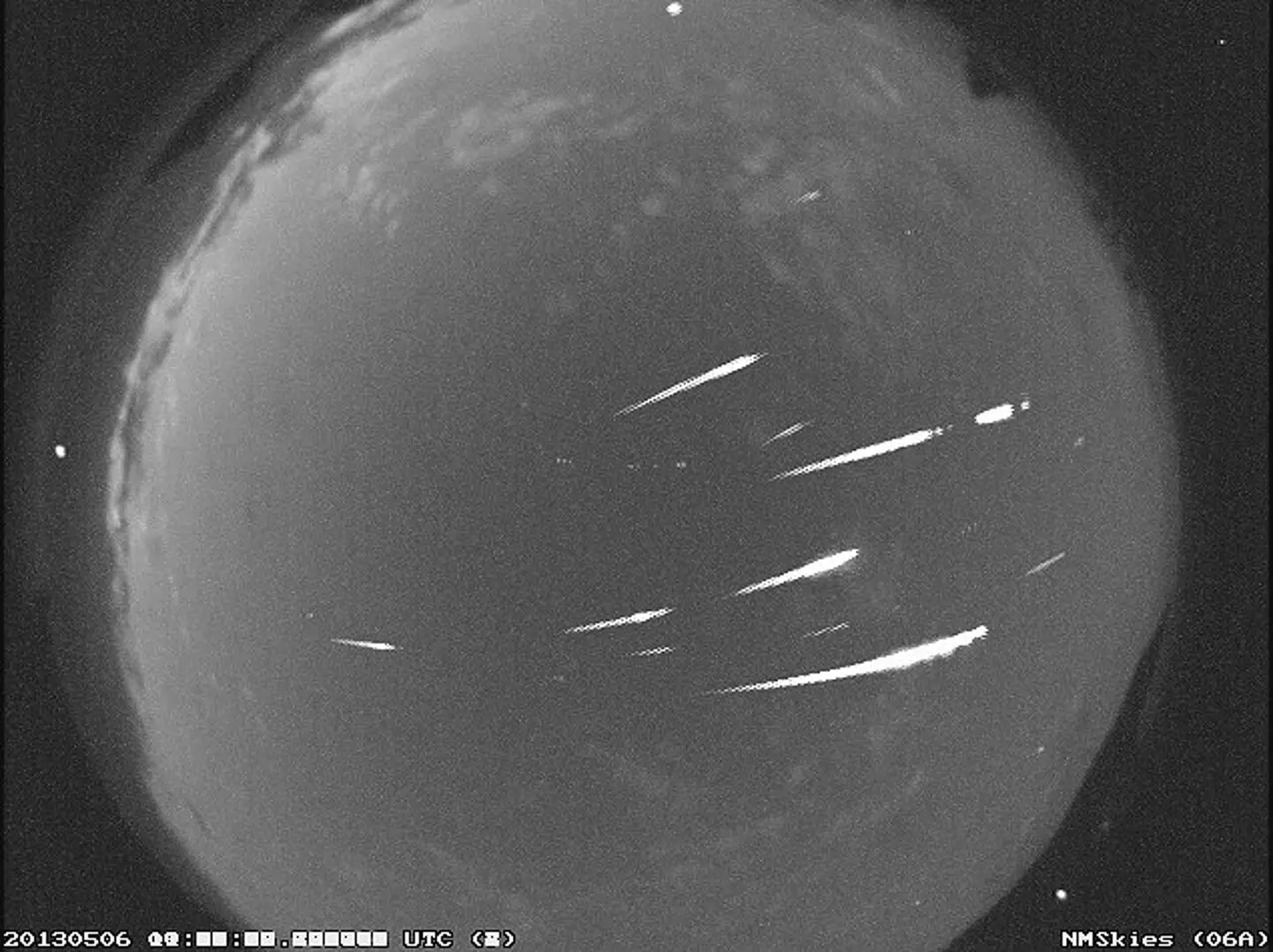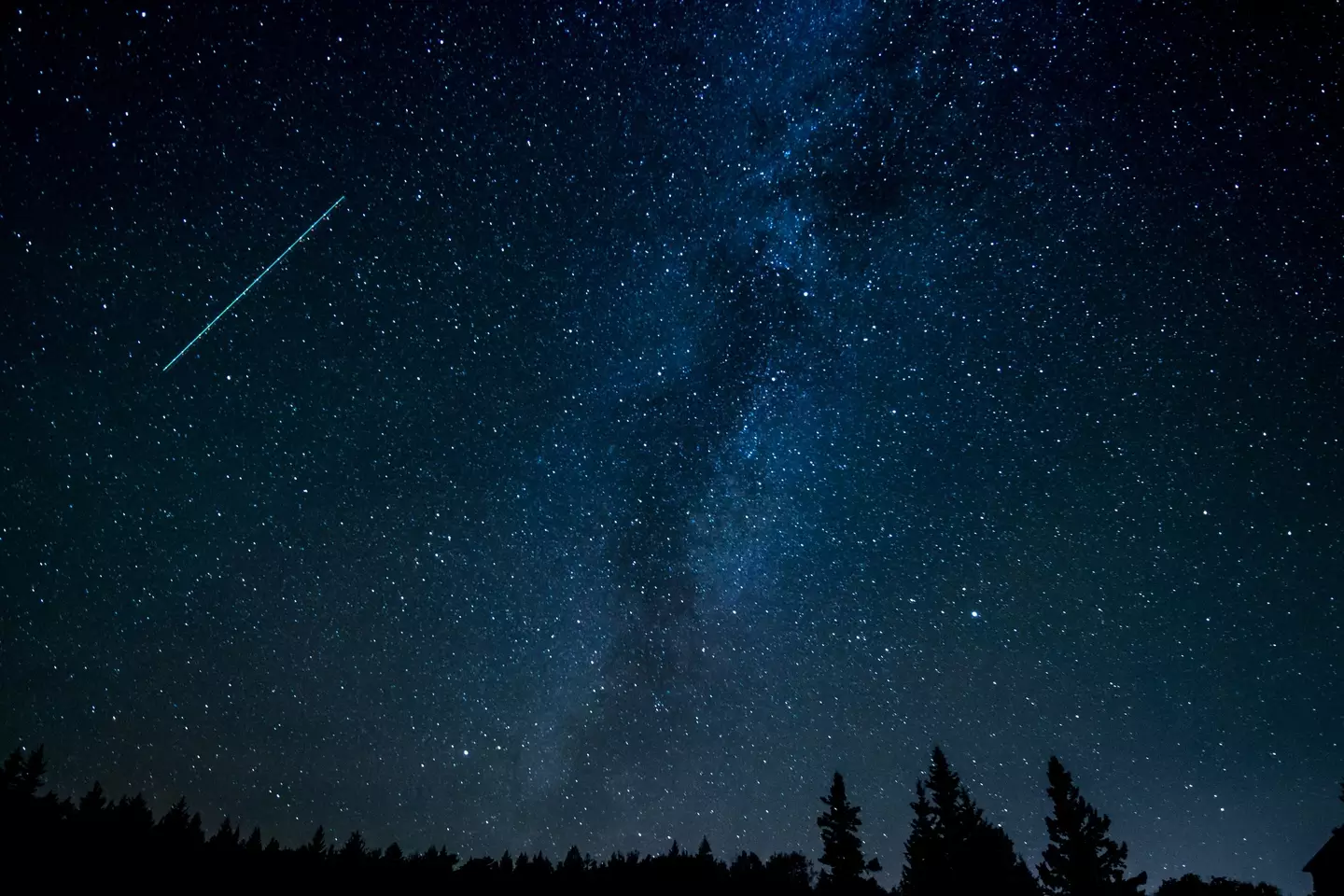.png)
Topics: Space, NASA, Science, World News
.png)
Topics: Space, NASA, Science, World News
Keep your eyes on the skies this weekend, as two rare celestial events are set to coincide.
A meteor shower is set to light up the night’s sky, while a penumbral lunar eclipse is also set to take place.
The Aquariids meteor shower will be visible across Friday, Saturday and Sunday, with up to 20 meteors per hour. But if you fancy catching a glimpse of one, you’ll need to make sure you’re up nice and early because the best time to see a meteor is before dawn.
Explaining how to give yourself the best possible chance of spotting one, Robert Lunsford, from the American Meteor Society, told CNN: “I would suggest going out around three o’clock in the morning. Get a lawn chair and put the moon at your back.
“Look for these fast meteors shooting upward from the eastern horizon. Not all meteors you see will be Eta Aquariids, but they’re easy to tell because the Eta Aquariids are very fast.”
Advert
He added: “You don’t need expensive equipment; it is a way that you can participate in astronomy without spending a lot of money, and it’s fun. “
You can actually make useful scientific contributions by counting the number of meteors you see and trying to separate them into Lyrids or non-Lyrids.

“Besides, it’s like having an early Fourth of July celebration … to see a shooting star. And, who knows, you can make a whole lot of wishes if you see a bunch.”
The Aquariids will actually hang around until May 27, but this weekend will see it hit its peak.
Alongside the meteor shower, those living in certain parts of the world, including Australia and Asia, will also be able to see a penumbral lunar eclipse, during which the full ‘flower moon’ will be covered by outer edges of the Earth’s shadow.
In the US, the event won’t be visible, as it happens during the day, when the moon isn’t up.

And Noah Petro, chief of NASA’s Planetary Geology, Geophysics and Geochemistry Lab, noted that it will be quite difficult to see, even if you are in the right place at the right time.
“The moon passes through the portion of the Earth’s shadow, and because it grazes the shadow it’s not quite as much distance as when it passes through the entire shadow of the Earth,” he told CNN.
“The dimming of the moon is very slight, but if someone is in a dark place, they may notice the full moon is not quite as bright as normal.”